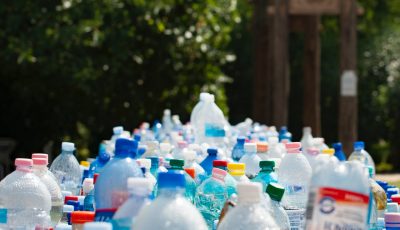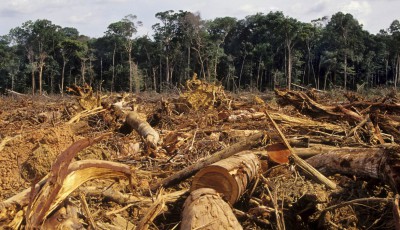UN Body Urges Mining Companies To Put Safety First
(London-Washington-Ottawa). An international coalition of non-governmental organizations welcomes the new Assessment Report Summary released last week in Geneva by the United Nations Environment Programme (UNEP), which urges States and the industry to end deadly and damaging mining waste spills by enforcing a “zero-failure objective.”
The joint UNEP-GRID Arendal assessment, “Mine Tailings Storage: Safety Is No Accident,” highlights over 40 mining waste failures over the last decade, including eight ‘significant’ spills since 2014 alone. These failures have killed some 341 people since 2008, damaged hundreds of kilometers of waterways, affected drinking water sources, and jeopardized the livelihoods of many communities.
“Mine waste storage facilities are like ticking time bombs, putting communities and waterways in harm’s way in the event of catastrophic failure. Even after the Mount Polley and Samarco disasters, which should have served as urgent wake-up calls, governments and companies have done far too little to prevent future disasters.” Payal Sampat, Earthworks
The report was prompted, the authors write, by mining waste “disasters and rising global concerns about the safety, management and impacts of storing and managing large volumes of mine tailings.” They cite examples such as the Ajka-Kolontár operation in Hungary in 2010 (MAL Hungarian Aluminium), the Mount Polley disaster in Canada in 2014 (Imperial Metals), the Buena Vista Del Cobre spill in Mexico in 2014 (Grupo Mexico), the massive Samarco dam breach in Brazil in 2015 (Vale and BHP Billiton), and the very recent Tonglvshan Mine spill in China in 2017 (China Daye Ltd.).
UNEP and GRID-Arendal point to thousands of mining waste dams worldwide that pose a potential threat to people and the environment located downstream, noting that: “The increasing number and size of tailings dams around the globe magnifies the potential environmental, social and economic cost of catastrophic failure impact and the risks and costs of perpetual management. These risks present a challenge for this generation, and if not addressed now, a debt we will leave to future generations.” — UNEP-GRID Arendal Assessment Report Summary, October 2017
The summary report makes 18 recommendations, including two overarching ones:
- “The approach to tailings storage facilities must place safety first by making environmental and human safety a priority in management actions and on-the-ground operations. Regulators, industry and communities should adopt a shared zero-failure objective to tailings storage facilities where ‘safety attributes should be evaluated separately from economic considerations, and cost should not be the determining factor’ (Mount Polley expert panel, 2015, p. 125)”
- “Establish a UN Environment stakeholder forum to facilitate international strengthening of tailings dam regulation.”
Other recommendations include:
- Transparency: “Establish an accessible public-interest, global database of mine sites, tailings storage facilities and research” and “Fund research into mine tailings storage failures and management of active, inactive and abandoned mine sites.”
- Accountability: “Expand mining regulations to include independent monitoring and the enforcement of financial and criminal sanctions for non-compliance.”
- Best Practices: “Avoid dam construction methods known to be high risk,” and “require detailed and ongoing evaluations of potential failure modes, residual risks and perpetual management costs of tailings storage facilities.”
- Financial Securities: “Enforce mandatory financial securities for life of the mine;” “establish a global financial assurance system for mine-sites,” and “fund a global insurance pool.” Also, “ensure any project assessment or expansion publishes all externalized costs, with an independent life-of-mine sustainability cost-benefit analysis.”
The undersigned organizations support the UNEP recommendations and urge all UN member States and governments to implement them swiftly in collaboration with all concerned, including non-governmental organizations and affected communities.
The UNEP-GRID-Arendal summary report and recommendations are available here.







